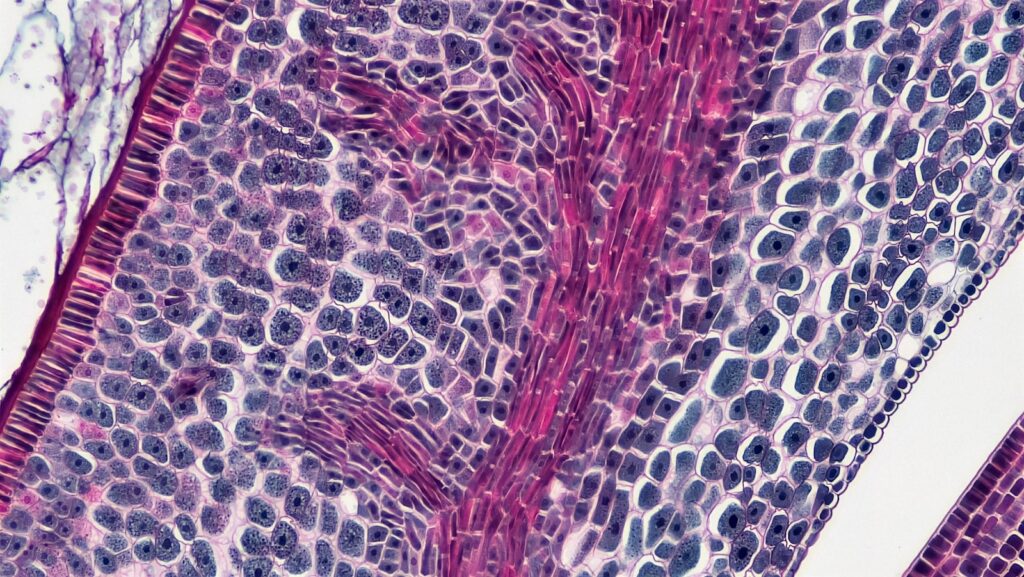By Yuval Boger
Chief Marketing Officer, QuEra Computing Inc
Qubit connectivity is a crucial aspect of quantum computing because it determines how qubits can interact with each other. This interaction is necessary for performing quantum operations and executing quantum algorithms.
Here are a few reasons why qubit connectivity is important:
- Algorithmic Complexity: Many quantum algorithms require multiple qubits to interact with each other. The connectivity between qubits determines how efficiently these algorithms can be implemented. If qubits are not directly connected, additional operations may be needed to enable their interaction, which can increase the complexity and runtime of the algorithm.
- Error Correction: Quantum error correction codes, which are crucial for building reliable and practical quantum computers, often require specific patterns of connectivity between qubits. Good connectivity can make error correction more efficient and effective.
- Quantum Entanglement: Qubit connectivity is essential for creating quantum entanglement. If entanglement is desired between two non-connected qubits, a series of swap operations must be performed, increasingly the complexity and the chance of failure of the algorithm.
- Speed and Efficiency: The fewer operations a quantum computation needs, the faster it can be completed and the less chance there is for errors to creep in. If qubits are well-connected, fewer operations are needed to perform a computation, increasing the speed and efficiency of the quantum computer.

The connectivity varies greatly between various quantum modalities. Here are some examples of quantum architectures with high connectivity:

- Neutral atom quantum computers: In a neutral atom computer, a cloud of atoms is trapped and cooled down to near absolute zero temperatures. Then, highly focused laser beams, “optical tweezers,” are used to move individual atoms around and to perform quantum operations. By adjusting the arrangement of the laser beams, one can control which atoms interact with each other, allowing for a high degree of flexibility in the connectivity between qubits. See a video and a more detailed explanation of qubit shuttling here.
- Trapped Ion quantum computers: In trapped ion quantum computers, ions are held in place by electromagnetic fields and qubits are encoded in stable electronic states of each ion. All qubits can interact with each other, providing full connectivity.
- Photonic quantum computers, which use particles of light (photons) as qubits, can theoretically have high connectivity. This is because photons can easily interact with each other through beam splitters and other optical elements.
Here are some examples of quantum architectures with low connectivity:
- Superconducting quantum computers: In superconducting quantum computers, qubits are arranged in a 2D grid, and each qubit can only interact with its nearest neighbors, which are typically two or three qubits. The qubits are fixed and cannot move.
- Quantum annealers: In quantum annealers, qubits are also arranged in a 2D structure called with fixed connectivity. For instance, in a D-Wave computer, this structure is referred to as a Chimera graph, where each qubit is connected to six other qubits.
Of course, high-connectivity architectures are not without disadvantages. High connectivity relies on the ability to shuttle qubits around, and shuttling qubits carries several potential issues. Shuttling qubits can be a relatively slow process compared to the speed of quantum gate operations. This can increase the total computation time and reduce the number of operations that can be performed before the qubits lose coherence. The process of moving qubits introduces the risk of decoherence, which is the loss of the quantum state due to interaction with the environment. Shuttling qubits also adds an extra layer of complexity to the design of the computer, and this can be challenging to implement, especially in a large-scale system.
In summary, qubit connectivity plays a vital role in the performance and functionality of quantum computers. It impacts the implementation of quantum algorithms, the creation of quantum entanglement, error correction, and the overall scalability, speed, and efficiency of quantum computing systems. When one considers the quantum modality of choice for their application, qubit connectivity should be one of the factors taken under consideration.
About the Author
Yuval Boger is the Chief Marketing Officer for QuEra, the leader in quantum computers based on neutral atoms. In his career, he has served as CEO and CMO of frontier-tech companies in markets including quantum computing software, wireless power, and virtual reality. His “Superposition Guy’s Podcast” hosts CEOs and other thought leaders in quantum computing, quantum sensing, and quantum communications to discuss business and technical aspects that impact the quantum ecosystem.
If you found this article to be informative, you can explore more current quantum news here, exclusives, interviews, and podcasts.
















